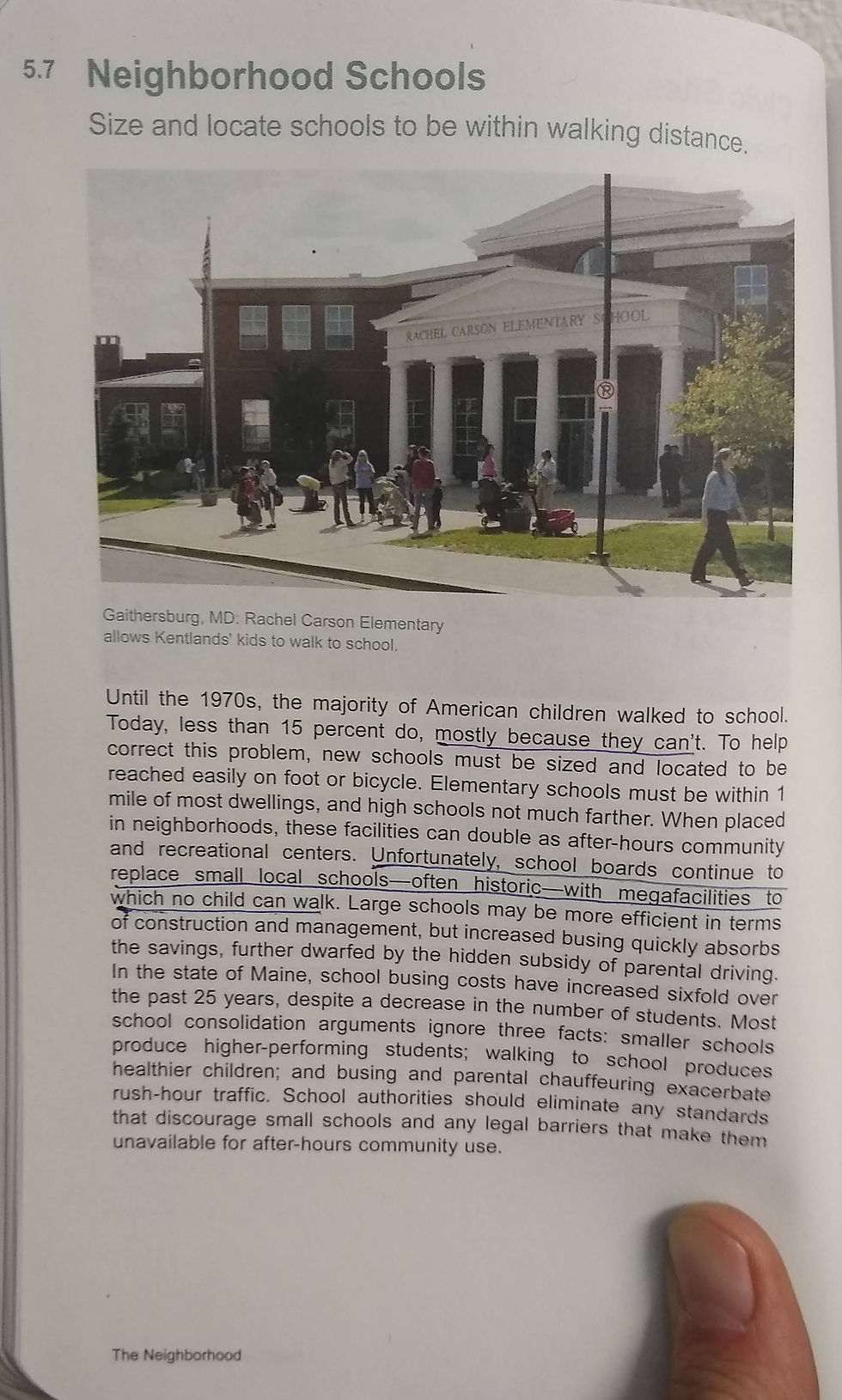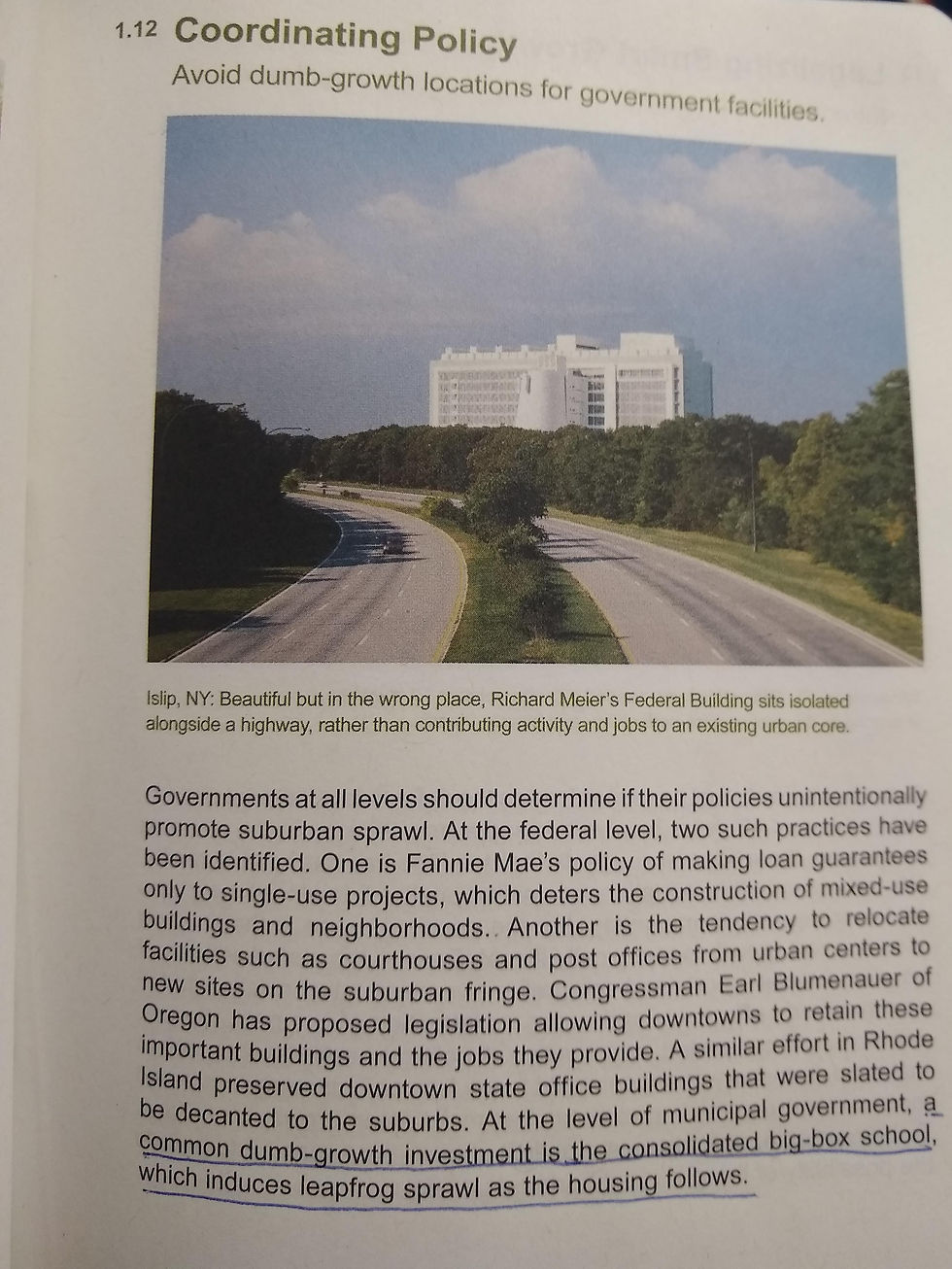Why moving Dixon Middle is anti-smart growth and pro-sprawl
- Better Bond Volunteers

- Nov 1, 2019
- 2 min read
We, the volunteers of No on Provo School Bond, firmly believe that Dixon Middle should be rebuilt on-site. We've mentioned before that moving it moves it farther away from our lowest-income citizens. What we want to explain today is how moving Dixon encourages sprawl and could worsen our air quality.

What is sprawl? How does it affect quality of life?
Sprawl (or suburban development) is a form of development that became popular after the widespread acceptance of the automobile (mostly after World War II). It favors low population densities, high-speed arterial roads that feed into disconnected local streets, single-use zoning, and plenty of space to park cars. It separates people, commerce, and society farther apart. It increases travel time and keeps people away from their friends and families. Because it basically forces its residents to drive everywhere for their daily needs, sprawl is likely the main contributor to Utah's poor air quality.
The opposite of sprawl is Smart Growth (or urban development) which favors high population densities, mixed uses, and a tight grid of slow-speed, interconnected streets. In urban life, one's daily needs are met close to home and can be reached with a short walk, bike ride, or transit ride. Manhattan, NY is the US's best example of urbanism. Its residents walk or ride transit the most out of any city in the US; accordingly they also burn the least amount of fuel in the country and emit far less air pollution than we do in Utah (again, hence our poor air quality).

Moving Dixon undermines smart growth and encourages sprawl
One of our favorite books that explains urban development is Smart Growth Manual by Andres Duany, Jeff Speck, and Mike Lydon. It quickly and simply defines the principles that make smart development. We were happy to find that several of its sections spoke against abandoning urban schools. We will share them with you below:



Conclusion
Moving Dixon Middle not only harms the low-income families who live near it and rely on it, but also everyone else in Utah Valley as it induces sprawl, increased automobile use, and poorer air quality. We deserve better. Dixon must be rebuilt on-site. VOTE NO.



Comments